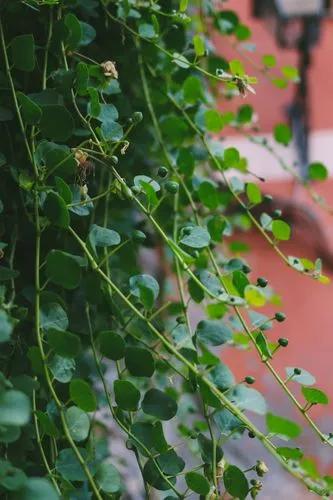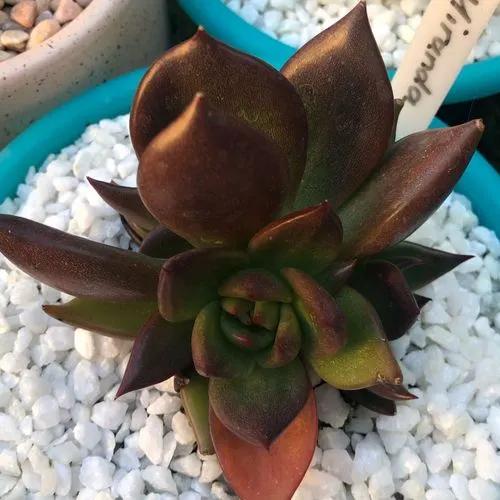Echeveria lilacina can reach a height of about 15 cm. The leaves are silvery-grey, spoon shaped, fleshy and arranged in a symmetrical rosette of 12–25 cm of diameter. This species is slow growing and drought-tolerant. Flowers are pale pink or coral-colored.
Echeveria Jessica Care
Echeveria Lilacina 'jessica'



How to Care for the Plant

Water

Hens and chicks are drought-tolerant perennials, so they can withstand going weeks at a time without proper watering. Give newly transplanted plants sufficient water to help them get established, but once they are, be careful not to over-water them. Check the soil and make sure it is dry before watering.

Fertilizer

This ground cover will thrive in poor soils, so there is no need to fertilize hens and chicks plants.

Sunlight

Grow your hens and chicks plants in full sun (at least six hours daily), which will lead to both optimal coloration in the foliage, as well as ample "offspring." That being said, the plants can grow in partial shade as well, especially if being cared for in an especially hot, dry climate.

Soil

Hens and chicks plants are especially unfussy about their soil and will grow best in a mixture that is poor and sandy. The main soil requirement for the plant is that it be well-draining. If your soil is heavy and doesn't drain well, work some peat into the mixture to increase the aeration and drainage. If you're growing your plants in a container, the best potting medium is a mix formulated for succulents and cactus. You can also choose a pot that is made from clay or terracotta to help wick extra moisture from the soil. The hens and chicks plant also prefers a soil pH that is neutral.

Temperature

Hens and chicks can be successfully grown in a range of temperatures, but prefer an average climate between 65 and 75 degrees Fahrenheit. If temperatures drop too low, they will not necessarily die off but will definitely stop growing and go into a semi-dormant state. Additionally, hens and chicks tolerate a wide range of humidity levels and are quite popular in dry climates.

Popularity

75 people already have this plant 38 people have added this plant to their wishlists
Discover more plants with the list below
Popular articles






